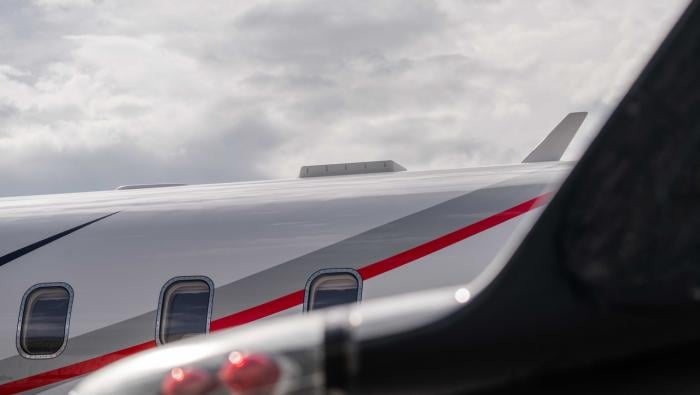Global MRO provider StandardAero (Booth No. N6116) kicked off a series of 100th anniversary celebrations in September at several of its 26 worldwide service and support locations, starting with its Winnipeg, Canada facility. The largest single site in the StandardAero network with more than 1,000 employees–more than a quarter of its total workforce–Winnipeg is also the company’s birthplace.
“[StandardAero] started off as a family-owned business, and that sense of family, that culture and spirit still survives,” said president and CEO Rob Mionis during an interview at the company’s Tempe, Ariz. headquarters. “We recently honored Winnipeg employee John Ouendag, who had 50 years of service, and every month I personally call several employees to congratulate them on their 20-year service anniversaries.”
Mionis said the company’s 100-year anniversary celebration symbolizes three key facets of StandardAero’s success: a focus on people, trust built on longevity and the company’s breadth of services. “Business aviation is relationship-based,” he said. “Customers bring their aircraft back to our shop because they want to go back to the mechanic who worked on their job last time, or who has been working on their aircraft for several years.”
Founded in Winnipeg as Standard Machine Works in 1911, the company began by repairing, overhauling and rebuilding car, truck and tractor engines, but added aircraft engines soon after. It incorporated as Standard Aero Engine Limited in 1949, acquired two U.S. aircraft parts distributors in the 1980s and opened regional service centers in the U.S. and Canada.
The “new” StandardAero was launched in 2008 after its new owner, Dubai Aerospace Enterprises (DAE), merged Standard Aero with Dallas-based completions company Associated Air Center (AAC), Cincinnati-based component overhaul shop TSS Aviation and Tempe-based Landmark Aviation (formerly Garrett Aviation/Honeywell).
The combination of these entities provides a breadth of services that allows StandardAero to expand and innovate even through tough economic times, according to Mionis. StandardAero’s sales are divided about equally among business aviation (25 percent), airlines (30 percent) and government/military (30 percent), but that doesn’t always mean each segment gets the same share of investment dollars.
“Each of our businesses has approached growth in a different way, and the downturn in a different way,” said Mionis. “In the past we have cut bizav a little too deep to make up for the cycle. Our view right now is to put the investment back into bizav, which is what we’ve been doing the last couple of years.”
Mionis points to some of the recent upgrades at StandardAero facilities completed within the last 12 months, including new hangar ventilation systems and paint at the Augusta, Ga. facility, expanded avionics capability to include the Rockwell Collins Pro Line 4 to Pro Line 21 cockpit upgrade on the Falcon 50EX and expanded MRO capabilities at facilities in Illinois, Nebraska and The Netherlands.
“We’re able to invest in bizav because of the diversification of our overall portfolio,” Mionis said. “Because we’re not pure bizav, we can ride the storm out.”
Another significant investment in business aviation recently occurred at StandardAero’s Associated Air Center VIP completions facility. AAC developed a full-scale Boeing Business Jet (BBJ) mockup center to create and test new interior designs, fabrications and systems. Created from a retired Boeing 373-300 fuselage, the mockup center allows customers to “proof” their chosen interior components prior to installation.
According to StandardAero spokesman Steven Kelley, the BBJ mockup significantly reduces aircraft downtime. “Using the mockup, we can ensure the fit of all of the elements that go inside the aircraft ahead of time,” he said. “By the time the customer brings the airplane in, we have already worked out any installation pitfalls on the mockup, and the time the aircraft spends in our shop is greatly reduced.”







